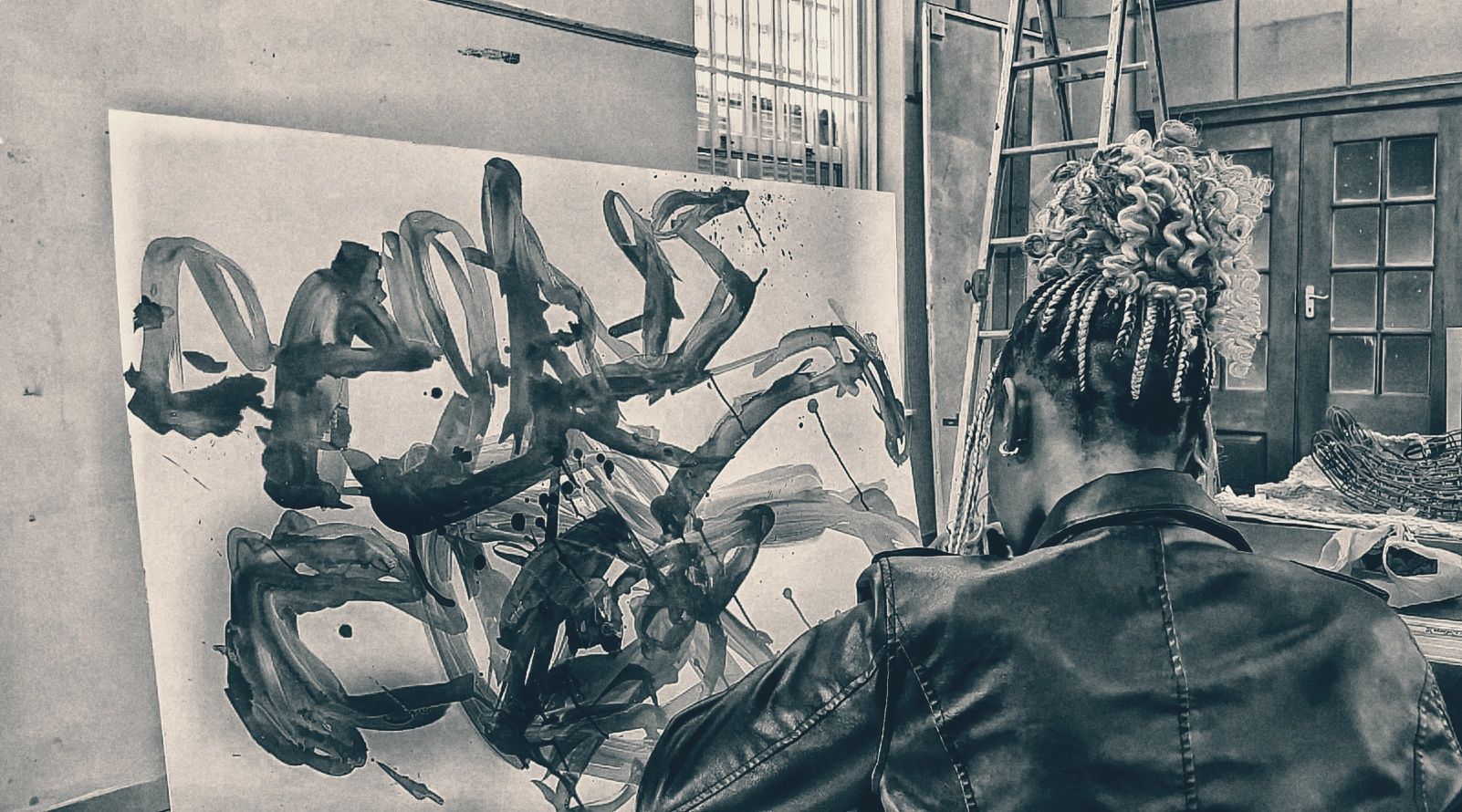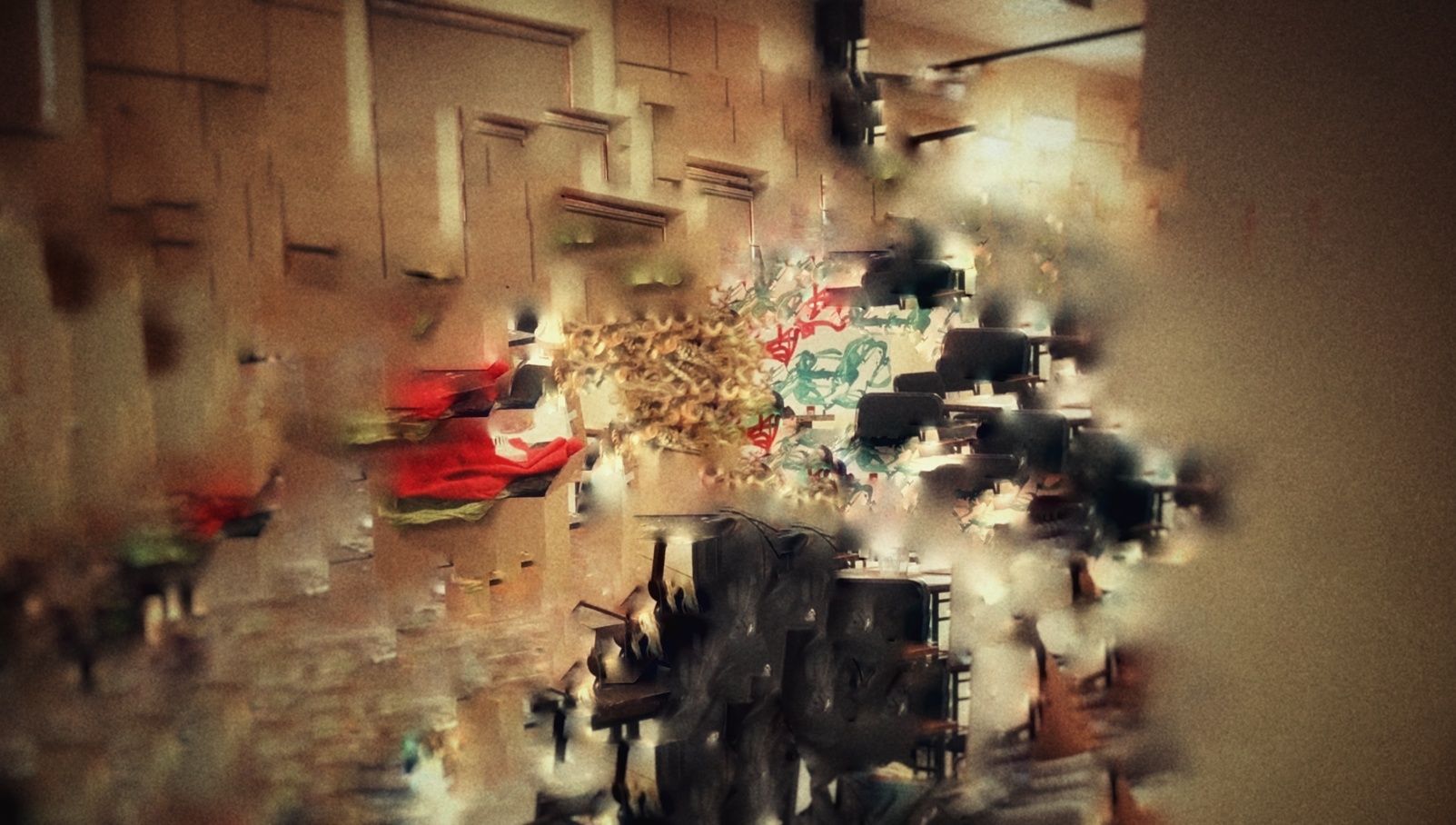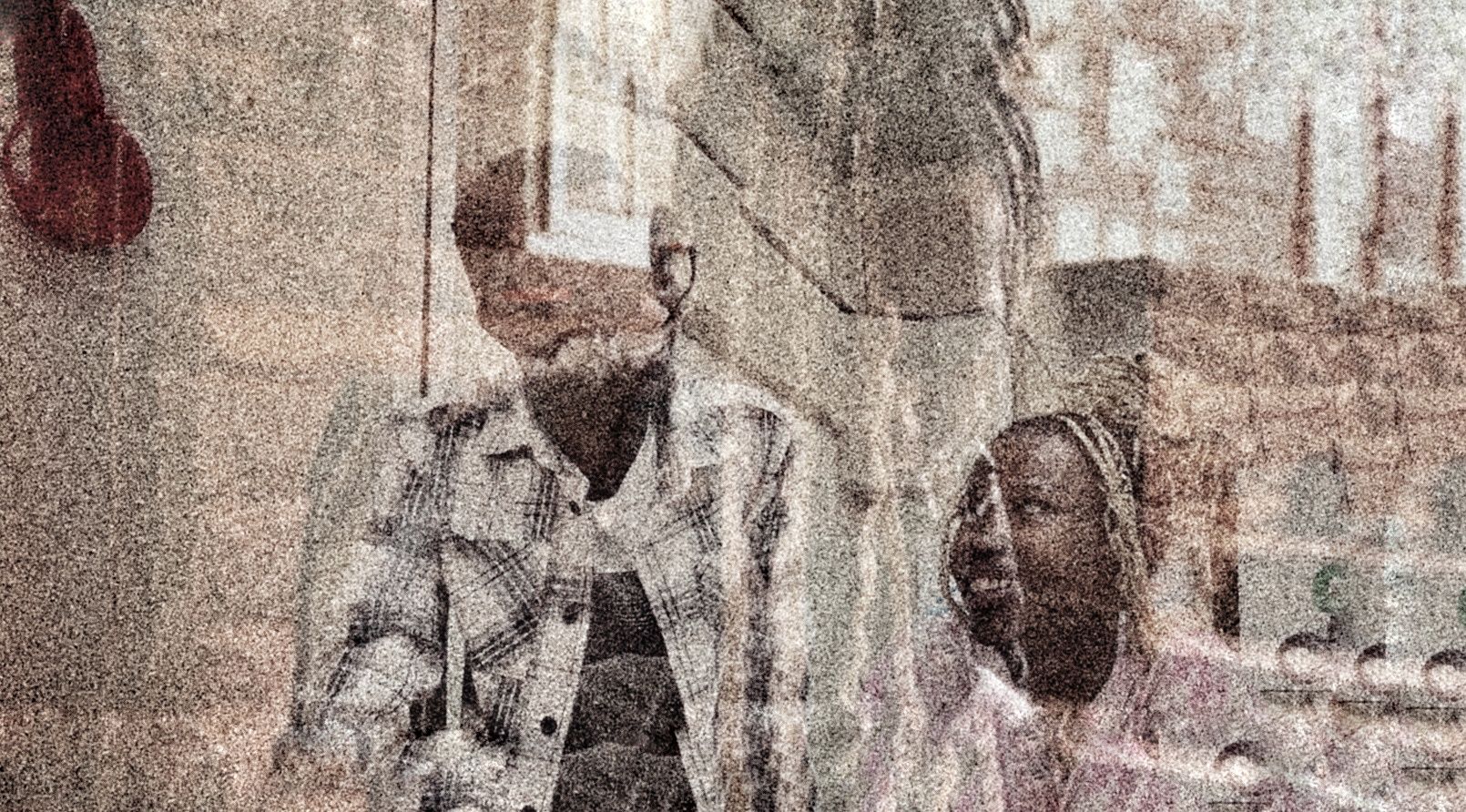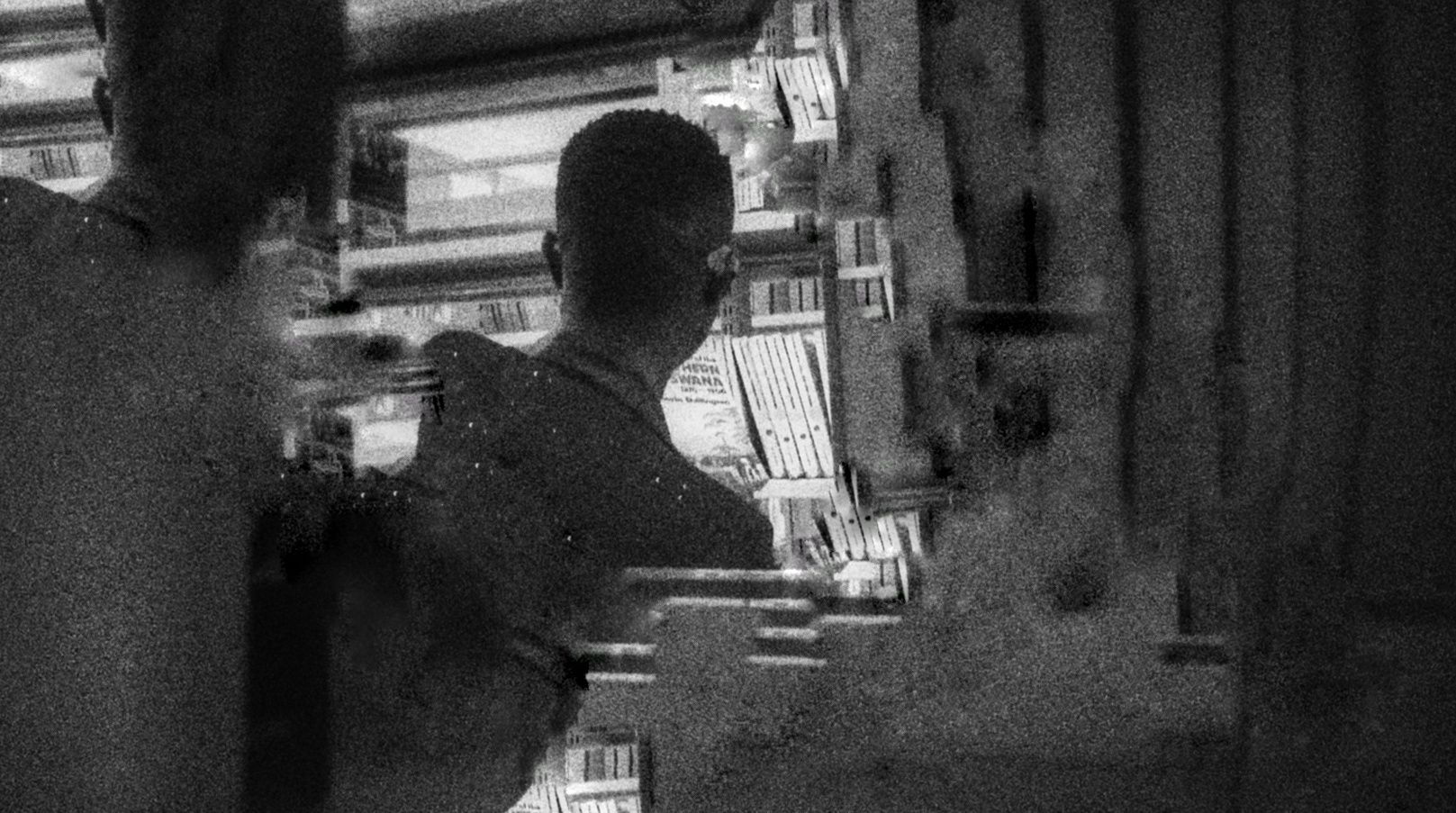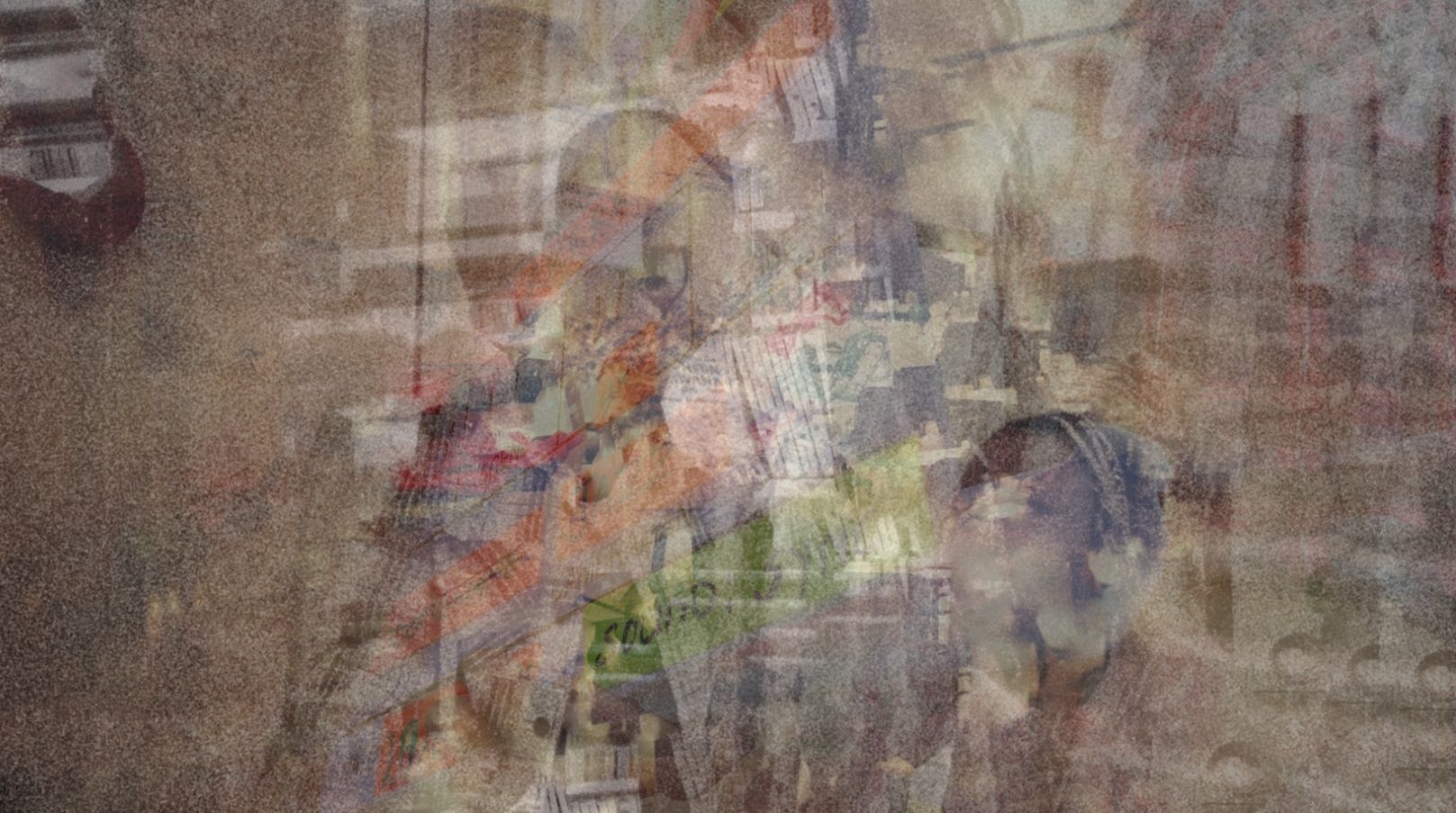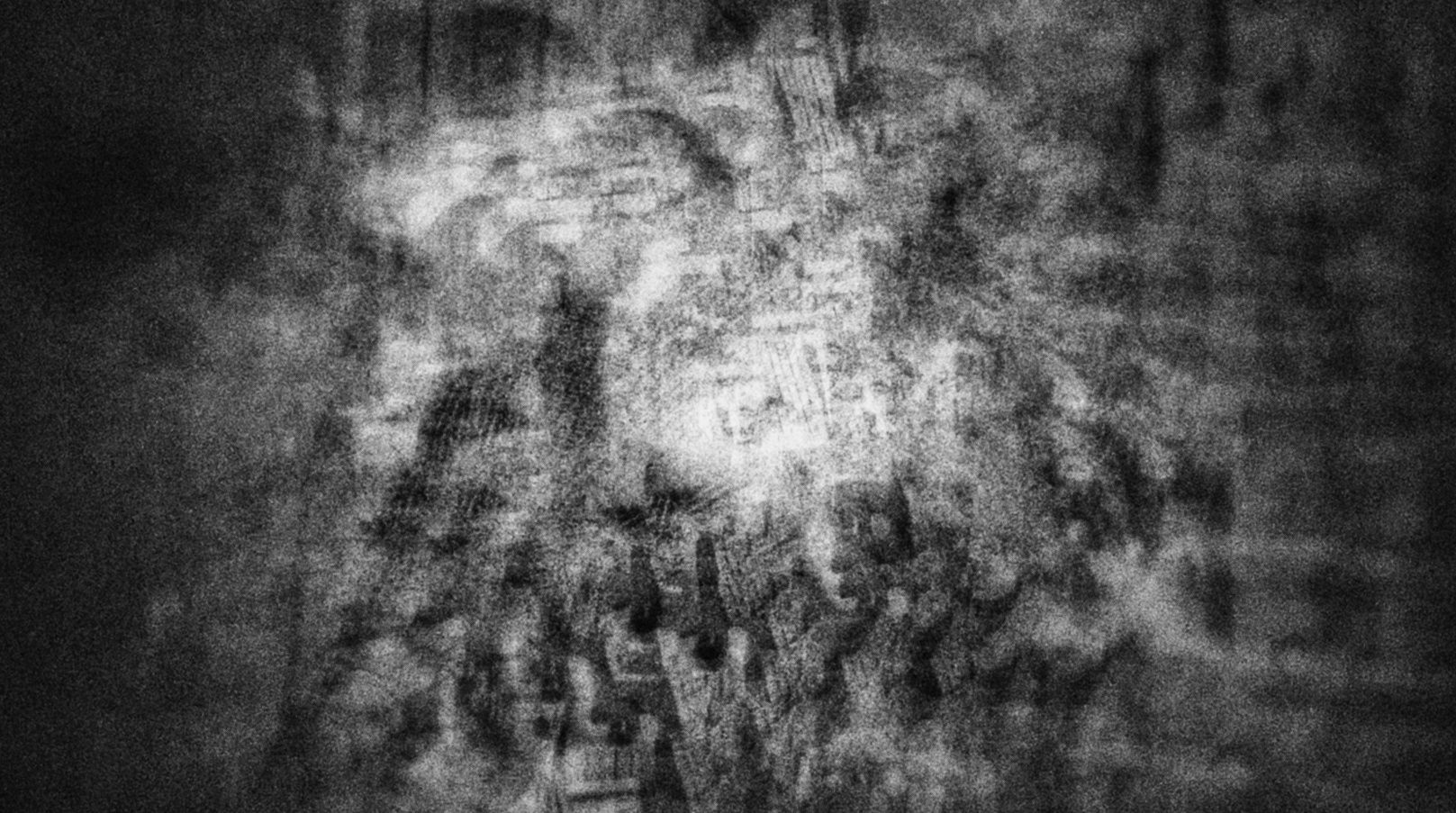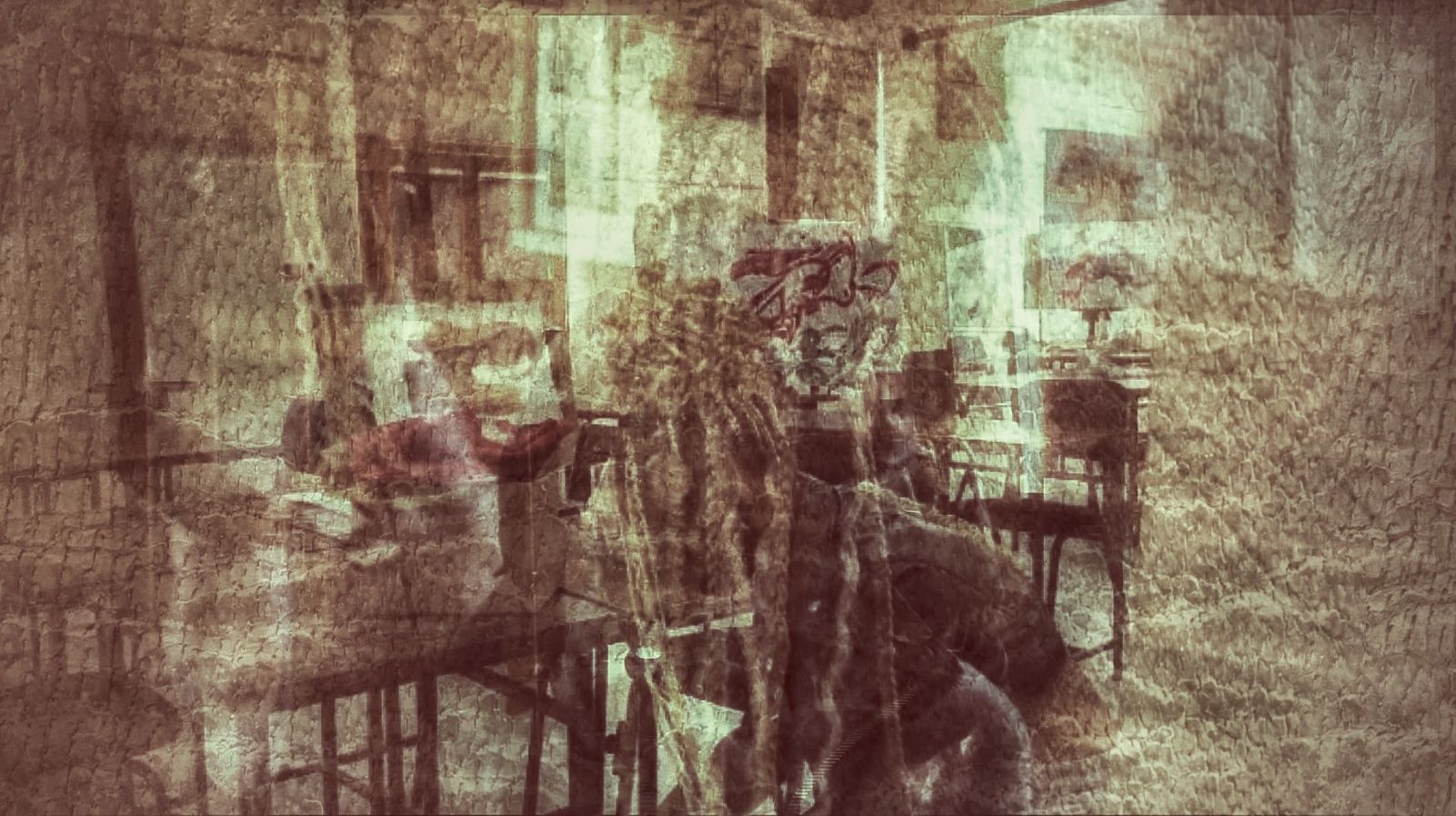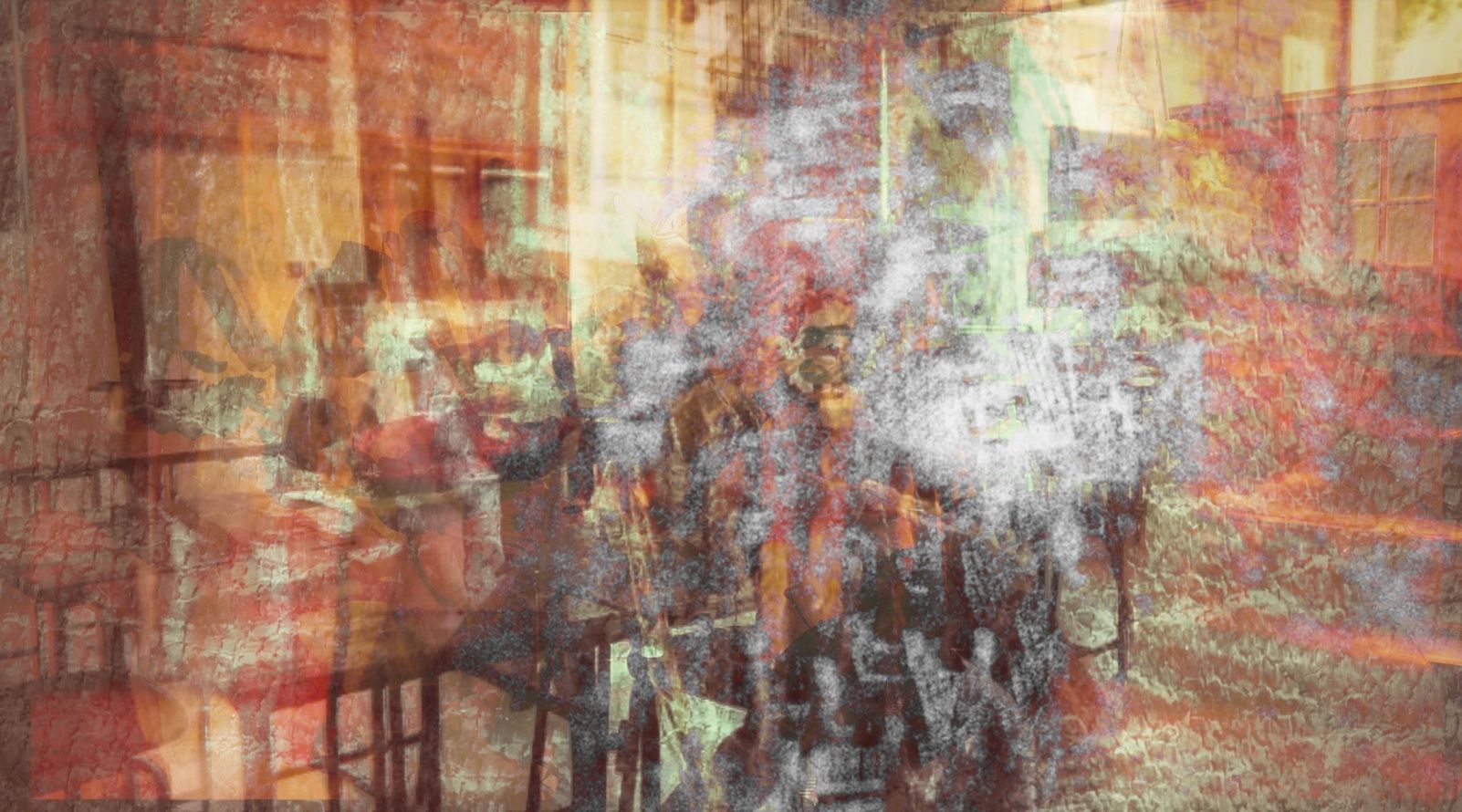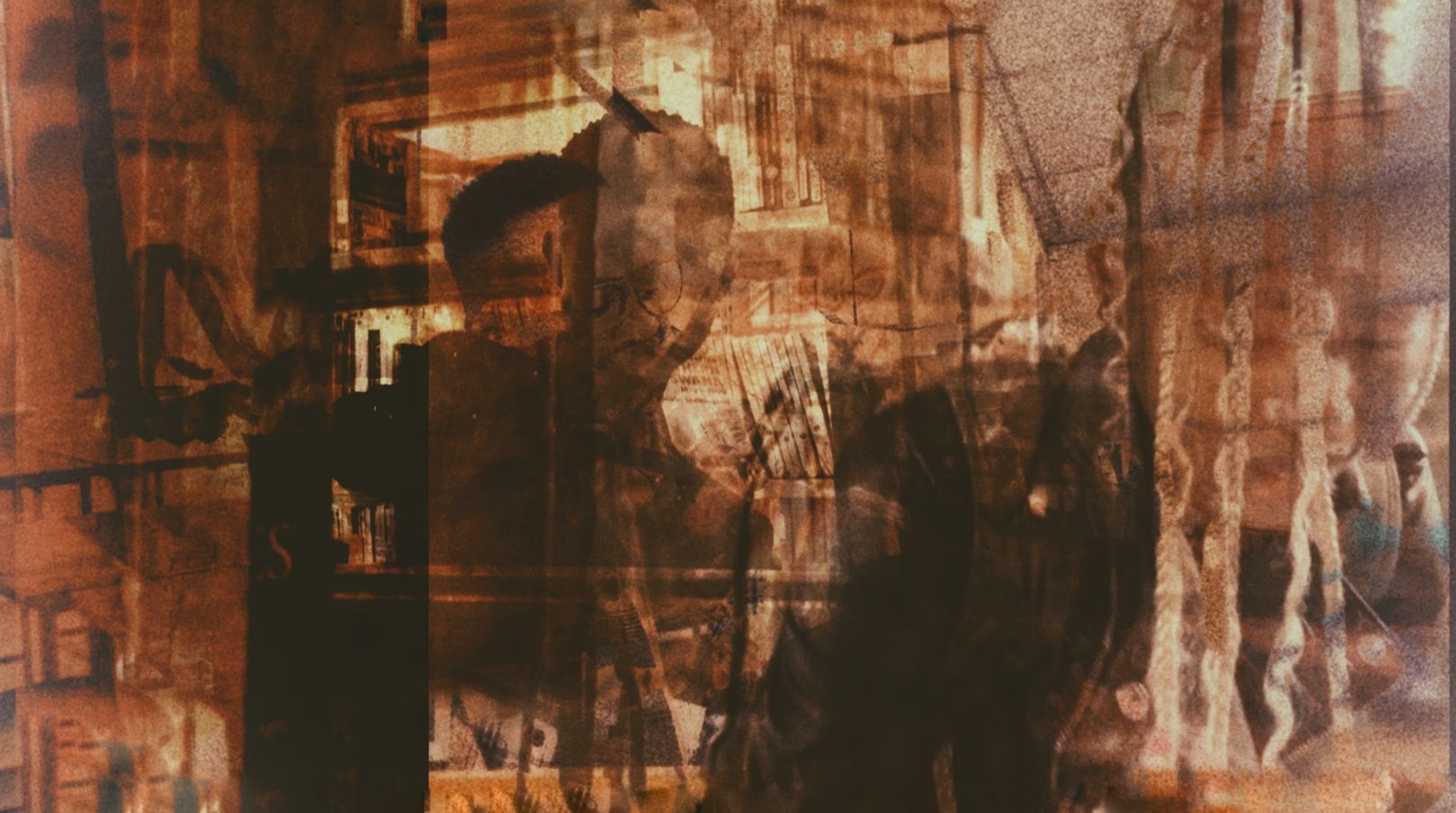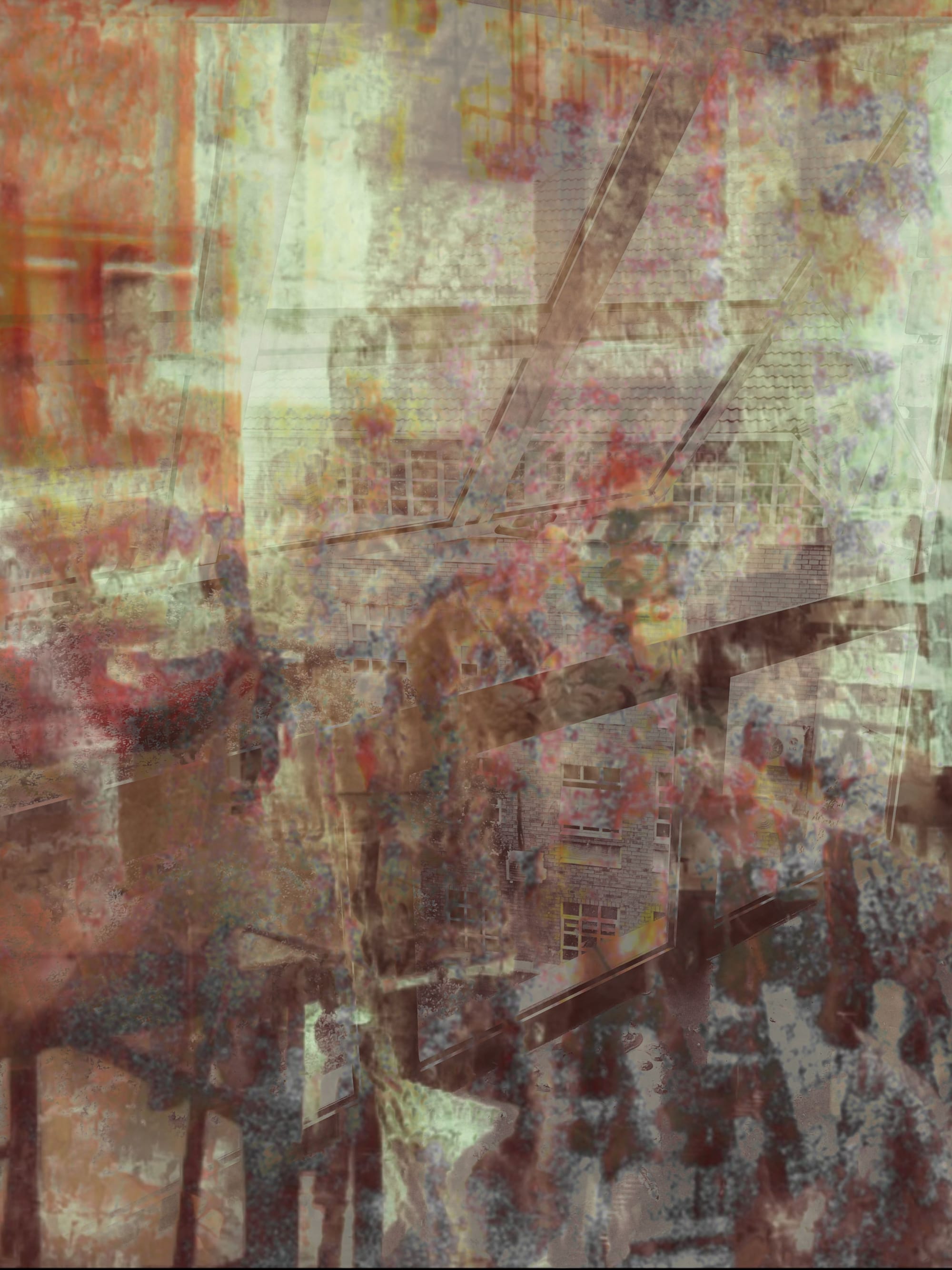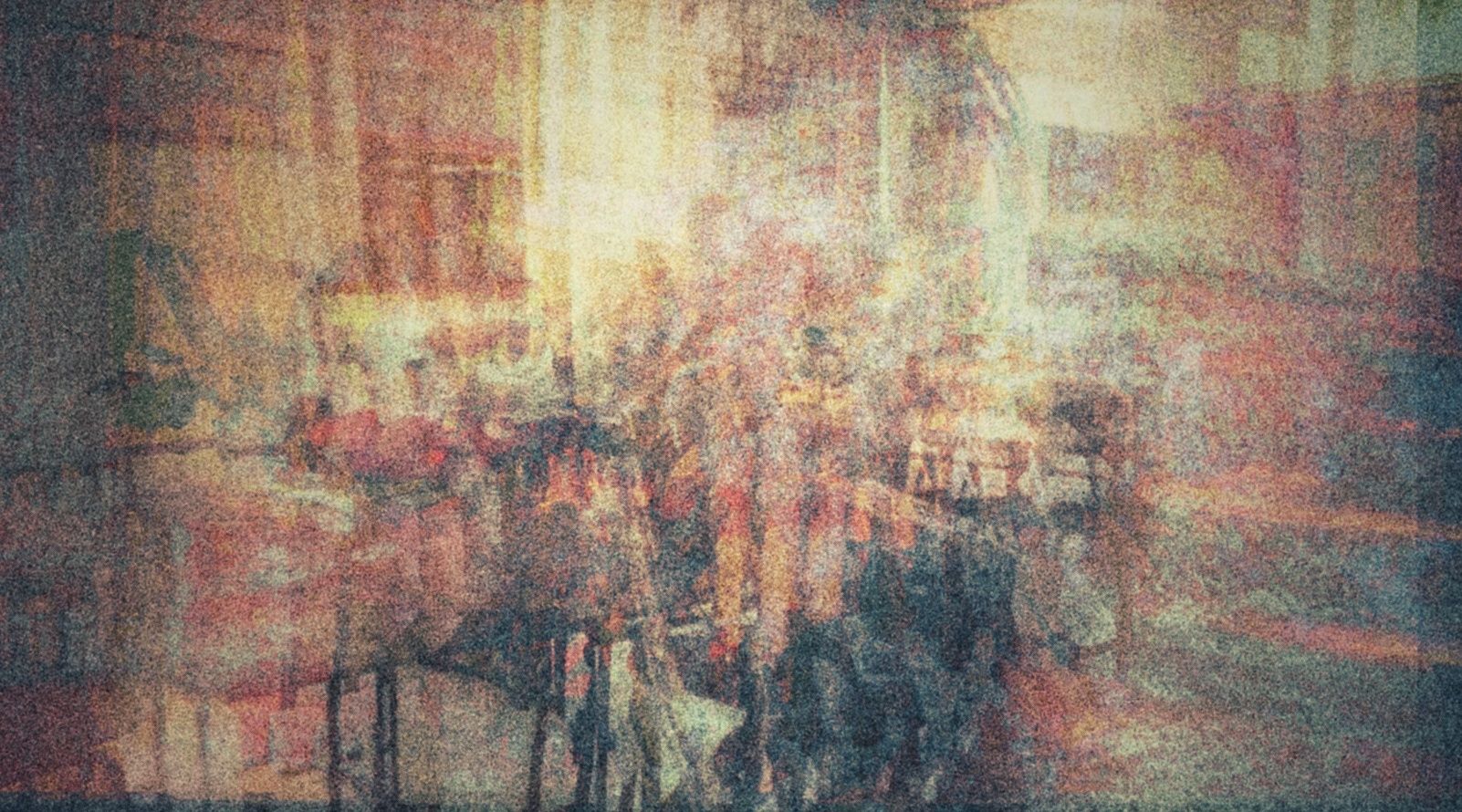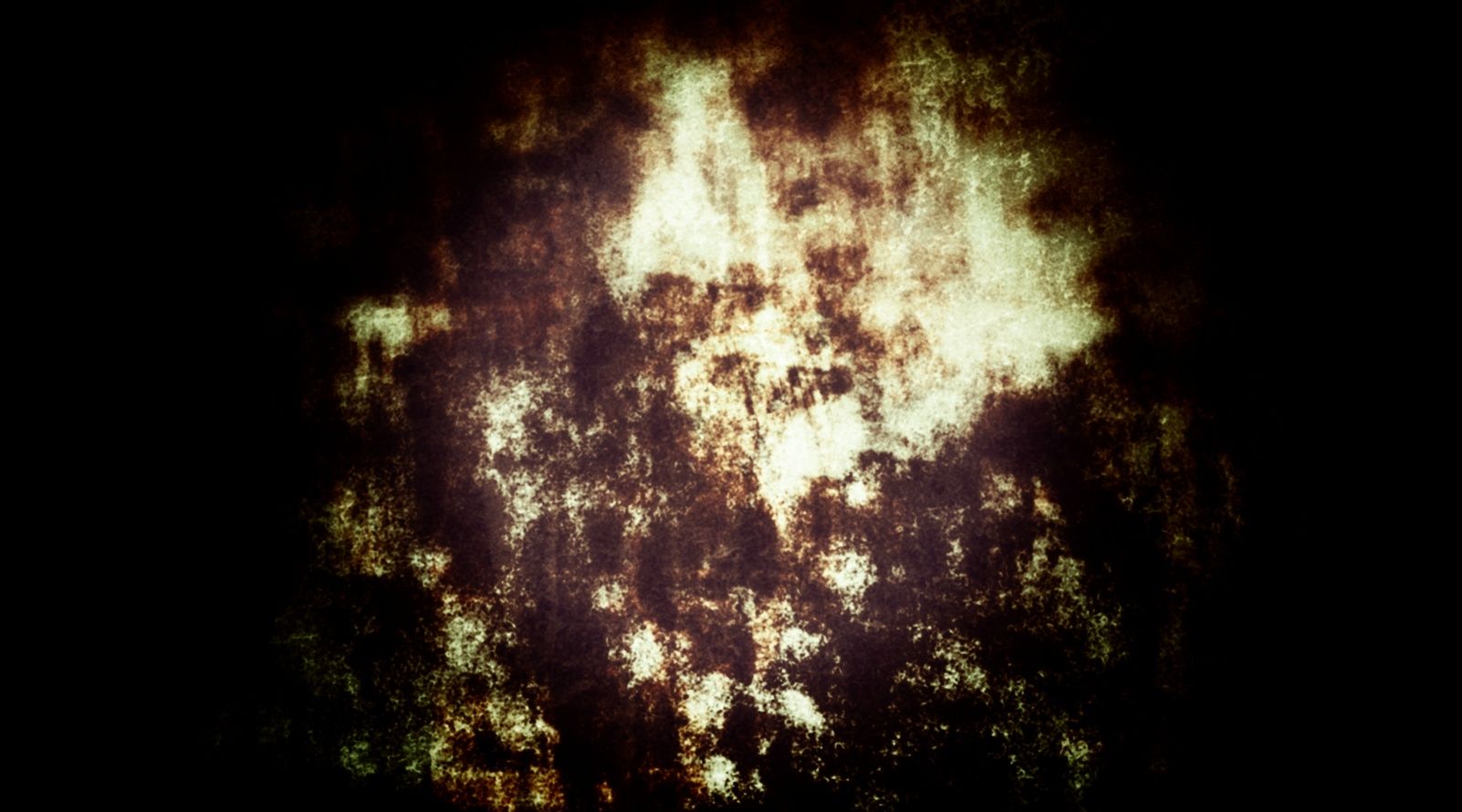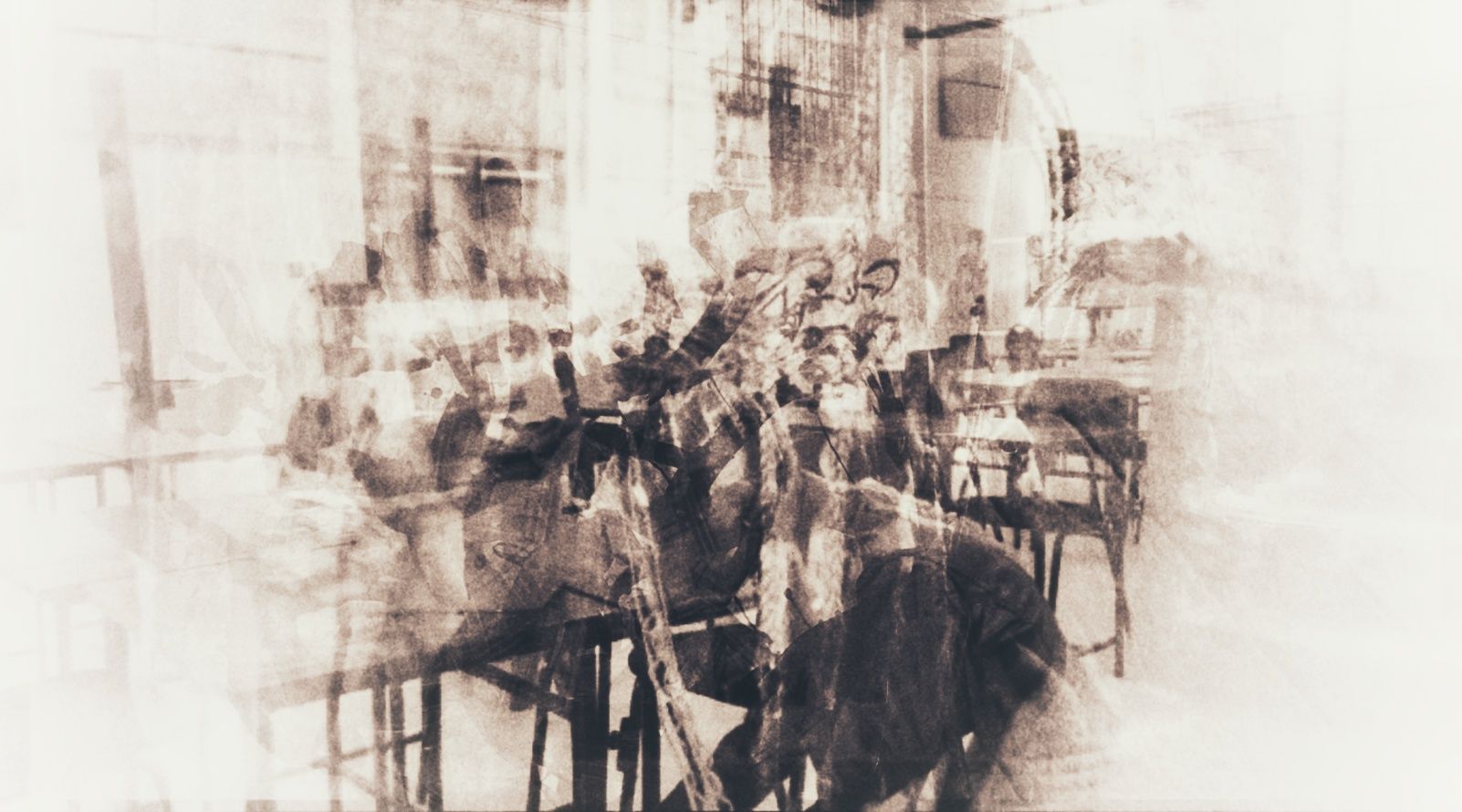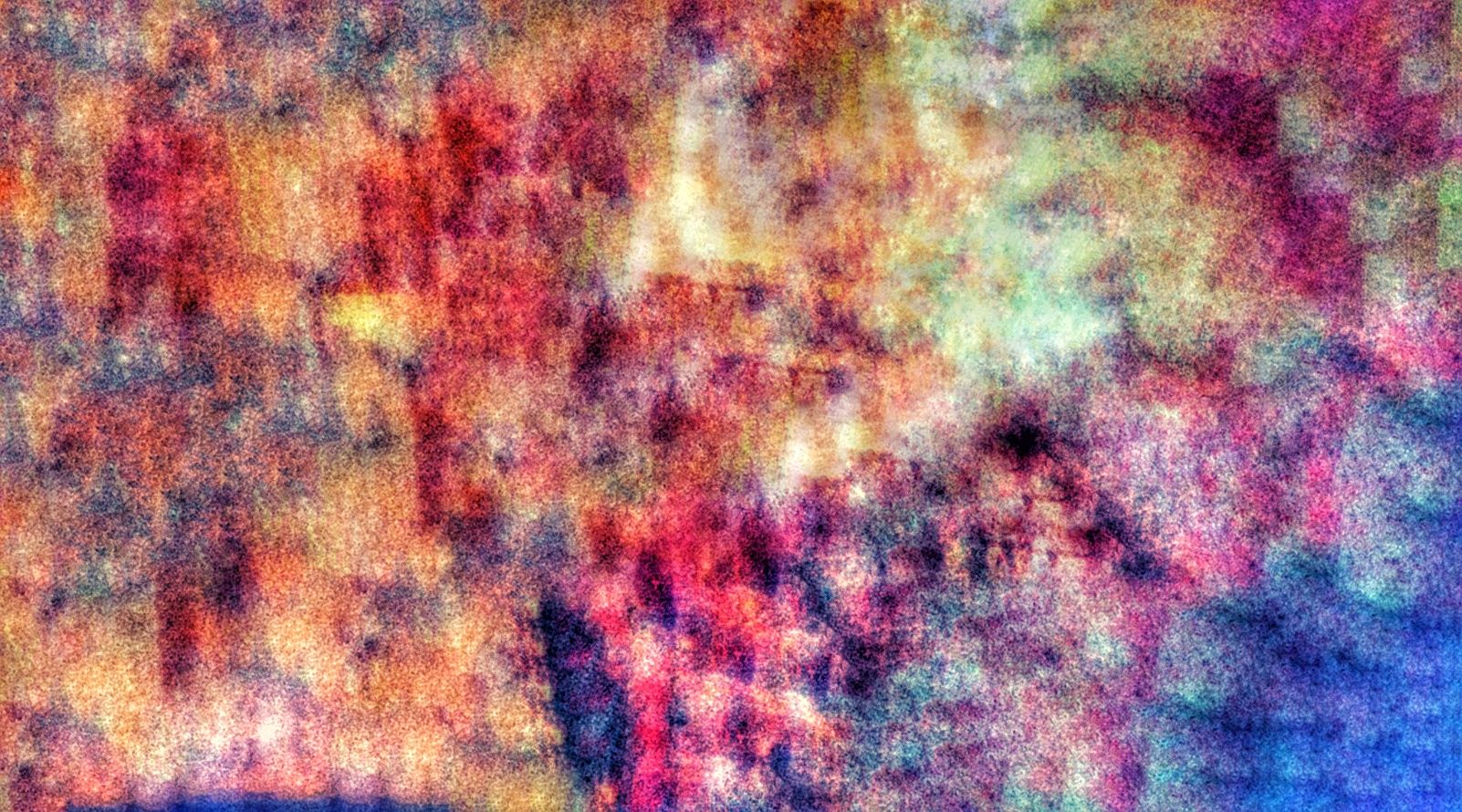The Last Person
Short Film and Photography
Artist Statement
The Last Person Short film and Photography
My short film and photography, The Last Person, was inspired by my own desire to show the unseen emotional challenges that many university students encounter. As a student and filmmaker, I have often seen the quiet loneliness hidden behind laugher, jokes and hectic schedules. Since vulnerability is seen as weakness, many of us learn to suppress our feelings of failure, anxiety and inadequacy. I wanted to challenge that silence. My goal in making this movie was to provide a personal and friendly environment where people, particularly students, might recognize emotional isolation and see their own experiences reflected on screen.
The main motivation behind my short film was to explore how university life can shape and even destroy one’s sense of self-worth, especially within South Africa’s demanding academic culture. My research focused on the visual expression of emotional and psychological fragmentation in physical locations such as classrooms, corridors and libraries. Silence and stillness captured my interest on how it can communicate more powerfully than dialogue. The Last Person became a deeply personal and socially relevant study of identity, mental health and the quiet suffering of young people.
The Last Person tells the story of a first-year university student named Nono who silently battles emotions of failure, extreme pressure and a shattered sense of self-worth. The idea behind the short film and abstract photography was to explore emotional loneliness in academic spaces and show how inner struggles are frequently hidden by external normality. I used film and abstract photography as my primary medium because of its ability to capture subtle emotions and internal experiences through movement, natural lighting and sound. My approach was influenced by psychological films, which combined naturalistic and surreal techniques.
My concept developed gradually as I began reflecting on my own experiences and the people around me. At first, I wanted to create a story about material culture, emotional isolation and mental health, but after doing some research and making some observations. I focused on the academic setting and the loneliness that students experience even if they are surrounded by people. The empty classrooms and hallways became metaphors for the mind which is structured and orderly. My aim was to portray the psychological effects of academic pressure and the cultural silence around mental health in South African contexts.
A few influential filmmakers and ideas had a significant impact on The Last Person’s creative and emotional core. Lynne Ramsay and Andrea Arnold work heavily influenced the short film, they both use realism and minimalism to explore deep emotional world. My work echoed Ramsay’s use of poetic realism and visual metaphor particularly evident in films like Swimmer (2012) , it shaped my visual approach. Her films rely on imagery, sound, often using minimal dialogue and atmosphere to communicate psychological tension. This approach helped shape my choice to create a script with extended silences, inner dialogue, and subtle emotional cues instead of explicit speech. Ramsay’s ability to draw audiences into her character’s inner live inspired me to drawing the audience into Nono’s personal reality, by allowing the viewer to be part of Nono’s emotional decoding process and to feel rather than simply watch.
The raw and personal storytelling of Andrea Arnold in her film like Wasp offered a clear blueprint. Arnold focuses on working class and underrepresented voices, often using handheld cameras and amateur actors to create a strong feeling of reality. My own desire of authenticity was inspired by this. I collaborated with a cast of three untrained actors to record genuine performances that felt true to the student experience. Like Arnold, I kept the camera close and personal, creating an intimate and sometimes uncomfortable proximity to the character.
My film’s conceptual development was inspired by phenomenology especially Maurice Merleau-Ponty’s idea of embodiment. Merleau-Ponty (1962) stated that the body serves as the fundamental lens through which we experience and see reality. This helped me to connect the physical spaces of the university to Nono’s internal psychological fragmentation. In The Last Person I used stillness, slow pacing and silence to reflect inner turmoil, showing that our surroundings and physical movements express emotional states even without word. The use of empty classrooms became a visual extension of Nono’s emotional isolation.
I was also influenced by Kopano Ratele’s writings on African psychology and masculinity. Ratele (2019) argues that African psychology should not be limited by western ideas but should consider local traditions, histories, and contexts. His work influenced how I portrayed both female and male characters, acknowledging the widespread cultural silence around mental health issues in African communities and academic institutions. The silence of the characters was not only personal but also social and cultural. I wanted to show how these unspoken norms influence how young people manage pain and pressure in academic spaces.
The exploration of trauma and memory, are depicted through subtle flashbacks and emotional cues, drew from E. Ann Kaplan’s theory of trauma culture. Kaplan (2005) suggests that trauma is often depicted in media not as a dramatic event, but through repetition, broken storytelling, and scenes that are confusing or overwhelming. In my film, I showed this through visual pauses, abstract classroom paintings, and sudden changes in mood, which depicted the character's mixed up internal feelings without explaining them. The short film also engaged with postcolonial theory. Shohat and Stam (1994) argue that Hollywood often ignores or misrepresents non-Western experiences in cinema should reflect how stories are told, not just who appears on-screen. I responded by using Sesotho, English and South African student slang to root the film in local culture. An African viewpoint on psychological struggle in the educational system is reflected in the story’s realism and linguistic authenticity.
The process began with a script focused on atmosphere and character rather than a traditional plot. I used an iPhone 13 for filming and photography, capturing ordinary university spaces like, classrooms, hallways, library in natural light. For sound, I recorded ambient campus noises and used minimal music. Emotional paralysis was represented through silence as a key narrative tool. The editing was slow paced, with shots held longer than usual to create a feeling of discomfort and intimacy. I used warm tones in flashback to distinguish memory from the present. For authenticity, I hired non-professional actors and crew of six. Their character captured the various problems and weariness of actual students. Due to financial limitations, the film’s simplicity became part of its style, a reflection of student filming conditions and innovation under pressure.
The Last Person was a personal and introspective project that used film and photography to explore the silent emotional struggles of students. I learnt the power of quiet moments in storytelling in the process of making the film. I was able to develop a clear voice as a filmmaker by drawing inspiration from the poetic realism of Lynne Ramsay and the raw authenticity of Andrea Arnold and by grounding the film in the theoretical frames of Merleau-Ponty, Ratele, and Kaplan. The film shows the importance of vulnerability and visual honesty in representing the experiences of African youth, showing that sometimes the loudest stories are the ones told in silence. In this essay and the short film shown how important it is to place psychological narratives within their cultural and social frameworks.
The Last Person Short Film
BTS
Catalogue
CV
ARTIST'S CV
Education
2019 Matriculated
2025 Present BA in visual Multimedia, University of South Africa
Contact
- Johannesburg, South Africa
- 2198
- +27-630209535
- panashentandoe@gmail.com
- Mon-Fri - 08:00-19:00
